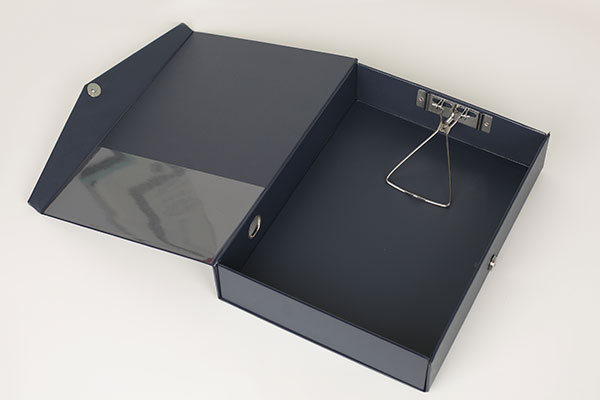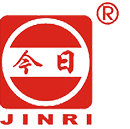The following is divided into six categories
1. Classification
Classified by content (name): that is, the 11 major categories listed in the "Content of Family Files" above. You can also set categories according to some of the 11 categories, such as letters, photos, certificates of honor, shopping receipts, photographs, manuscripts, calligraphy, painting, paper-cutting, newspaper cutting, etc. These categories are flexibly set according to the specific content, form, and carrier of the family archive materials.
Classification by family members: Set categories according to the members (targeted) involved in the content of the family file or the members who form the materials of the family file. Such as father files, mother files, children files, etc. This method is suitable for family files with obvious personal characteristics or affiliation, such as diaries, certificates, graduation certificates, pay slips, photos, articles, medical records, letters, etc.
Reminder: The above two methods are generally not used alone, but used in combination, namely:
①Classify first by content (name), and then by family members. For example, for family files such as honor certificates, letters, photos, etc., you can first set the first-level category according to the honor certificate, and then set the second-level category according to the family members, that is, separate the honor certificates of each family member, and group each member together.
②Classify by family members first, and then by content (name). For example, the classification of children's files, "a child's file" is the first-level category, and then the second-level categories can be set according to specific content such as growth records, physical examination forms, photos, honor certificates, assignments, transcripts, graduation certificates, or according to resume types and honors. Class, certificate, audio and video, learning, health, etc. are set to secondary categories.

Second, sort
According to the order of formation time or according to important procedures.
3. Material finishing
1. For paper materials with small specifications or damaged, in order to facilitate storage and avoid disorder, they need to be pasted or mounted. For example, shopping invoices, pay slips, travel tickets, etc.
2. Do not use paste when pasting, glue or double-sided tape can be used to avoid insects and mold.
Fourth, prepare the serial number
1. Family files are numbered (Arabic numerals) in units of each copy (pieces, books, sheets, books, sets);
2. Serial numbers of files belonging to the same category;
3. The position of the number is on the first page of each file (piece, book, sheet, book, cover). You can write it directly with a pen. If it is inconvenient to write directly, you can write it on the paper and stick it firmly.
Five, box (bag)
1. The appearance and specifications of the box (bag) can be selected according to the form, material and size of the archive material. Such as paper file boxes, plastic file boxes, packaging boxes for household items, or custom boxes. The box is not limited in form, as long as it is neat and beautiful, convenient for storage and easy to use.
2. For books, philatelic albums and other family files that are easy to store, they may not be boxed.
3. The back of the box should indicate the category name, year (year), name and other items for easy searching.
6. Compile the catalog
1. If there are multiple copies (pieces, volumes) of archival materials stored in a box (bag), the catalogue shall be registered and placed in a box ( For archive materials, the catalog shall be registered and placed in units of one category, that is, one catalog per category.
2. The items listed in the catalog are set according to the specific characteristics of the file materials. The sequence number, title, and date are necessary items. Among them, the "Sequence Number" is consistent with the sequence number in the above "Compilation Number".
3. The catalog is in duplicate, one copy is put in a box (bag), and the other is stored together as a search catalog for easy search.
